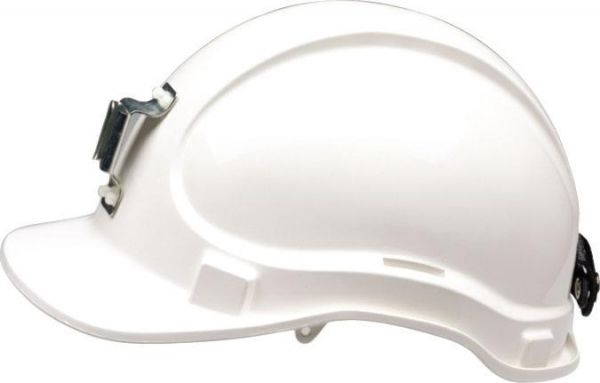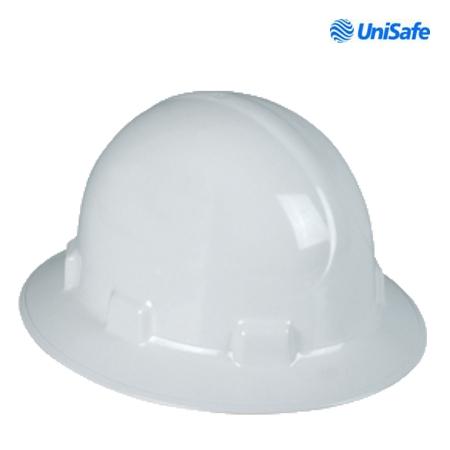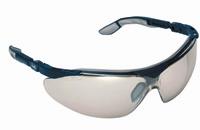A Belief in Safety
A Belief in Safety
Experts tell us about the importance of a ‘belief in safety’. Why?
Because it:
Makes a safer workplace
Makes a more productive workplace
Makes a happy workplace
What happens when you work in a workplace that challenges this belief?
A Hazardous Workplace
“There are many industries that have hazardous work places. Imagine you work in an environment where any mistake could be fatal, an industry that is literality built on the blood of its own workforce.”
What industry are we talking about? Farming, construction, military and many others.
How do we get the people working in these industries, where people are still being hurt to believe in safety?
This is a key problem but one thing safety can never do is be negative. Once you make safety a punishment thing you lose the crews trust and you can’t have safety on a minesite without trust.
How do you know if you are working in a hazardous work place?
If you have to wear PPE (personal protective clothing) you work in a Hazardous workplace. PPE as it is often called if it is being supplied by the company then you need to check the dates on the equipment, there should be out of date marks on the self-rescuer and hard hats. If you are unsure that the PPE that you may be supplied with at a mine is not made to a suitable standard you should take your own PPE. There are cases where companies having to use different suppliers around the world have been supplied with poor quality PPE, sometimes the equipment even has forged standards markings. If you have any doubts don’t use it.

This is a standard underground helment today however a preferred helmet is the miners wide brimmed hard hat below as it offers the wearer a greater coverage of their head and shoulders should a rock strke the helment.

When using hearing protection and no guidance is given by the mine site on hearing protection a general rule is hearing protection should have an attention level (noise reduction of around 20 dba, this is marked on the packet). This will cover most noise levels within a mine site unless the noise seems very loud. 85dba is the safe limit for an 8 hour period for each 3 dba increase the time limit halves ie 88dba = 4hrs, 91 = 2hrs, 94 = 1hr and so on (this is without hearing protection). A jumbo drilling can have a noise rating of up to and over 115dba and if not wearing hearing protection will use up your daily limit in less than 5 minutes.

Safety glass should be of a medium to high rated impact rating which should be clearly marked on the packaging. However as already stated sometimes the equipment supplied has forged standards markings. If there was one piece of PPE that you should carry with you to site would be a high impact set of safety glasses, remember you only get one set of eyes.

Taking a mobile phone underground is banned on many sites as the phone when switched on is trying to connect to the phone’s network provider, it is true that when a smart phone is switched to flight mode this will not happen however after onsite inspections it has been found that most of the phones being used (for music and other things) were being used without being switched into flight mode. What is the danger? Most mines use a radio system to set off their explosives so the last thing you want is to have a phones underground sending out signals. The mines policy will be made clear in the onsite induction however if it is not you should leave your phone up top.
The reason we have reverse cameras in our underground trucks is because in the 1990’s we ran over a lot of LV’s.
Again no one was hurt in the making of this video.









